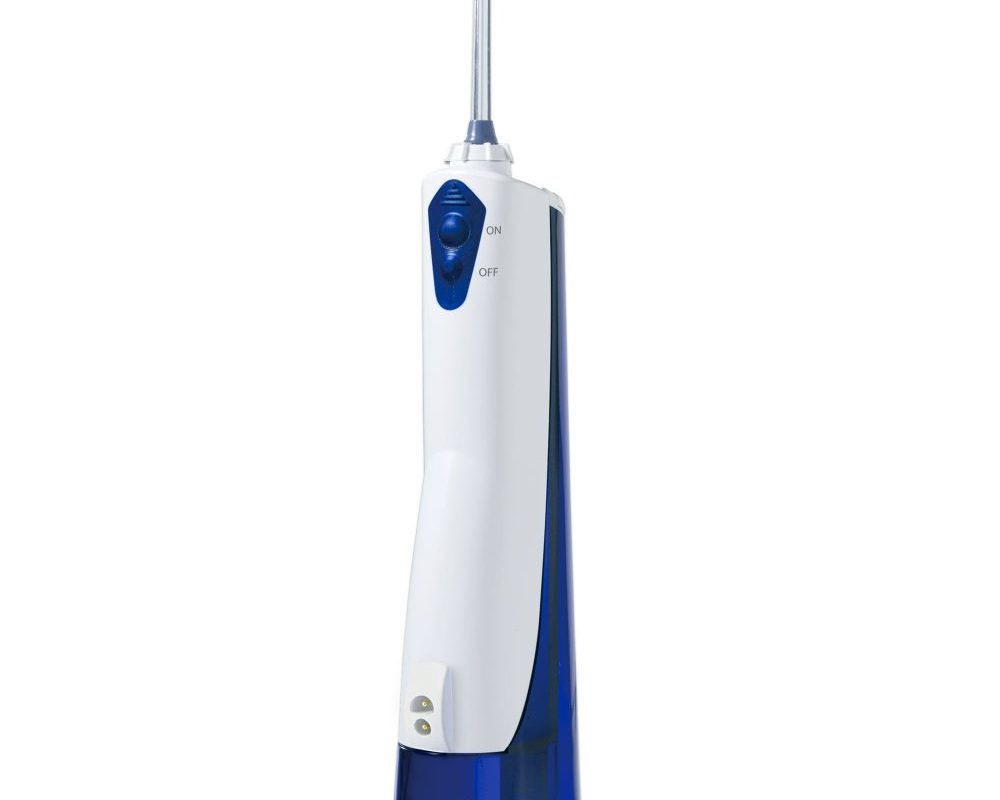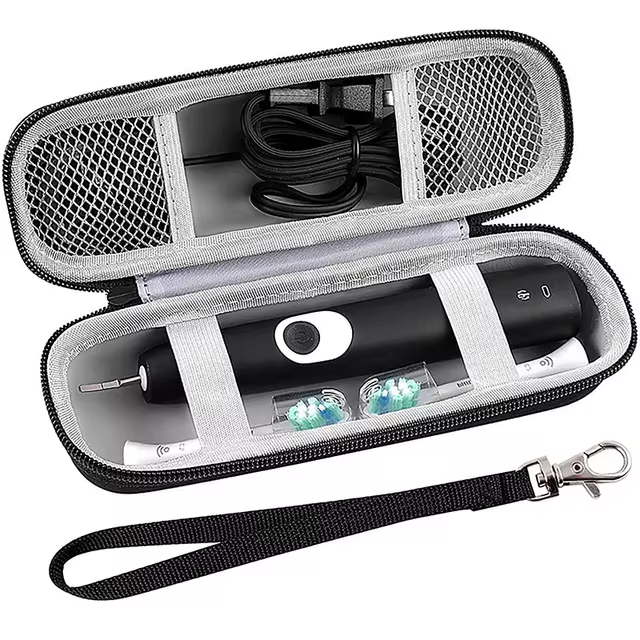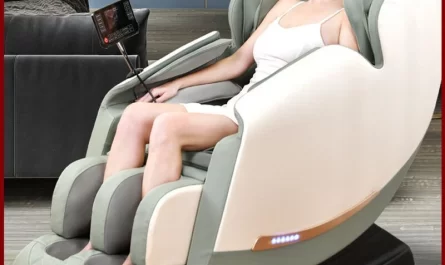The Importance of Oral Hygiene with Braces
Maintaining oral hygiene with braces is a must. Braces trap food particles and can lead to plaque buildup. This increases the risk of tooth decay and gum disease. Good oral care helps keep your teeth and gums healthy.
For those with braces, regular brushing alone might not be enough. It’s harder to clean between wires and brackets with a standard toothbrush. Here, a water flosser becomes a valuable tool.
A water flosser cleans by using a stream of water to remove food and plaque. It reaches areas that a regular toothbrush can’t. This helps in preventing white spots on teeth and swollen gums.
People with braces should floss daily. Before bed is ideal, as it removes any debris from the day. This prevents harmful bacteria from damaging teeth overnight. Oral health is essential for a bright, healthy smile post-braces.
In conclusion, the best water flosser for braces enhances daily oral care. It’s an effective way to combat the hygiene challenges braces present.
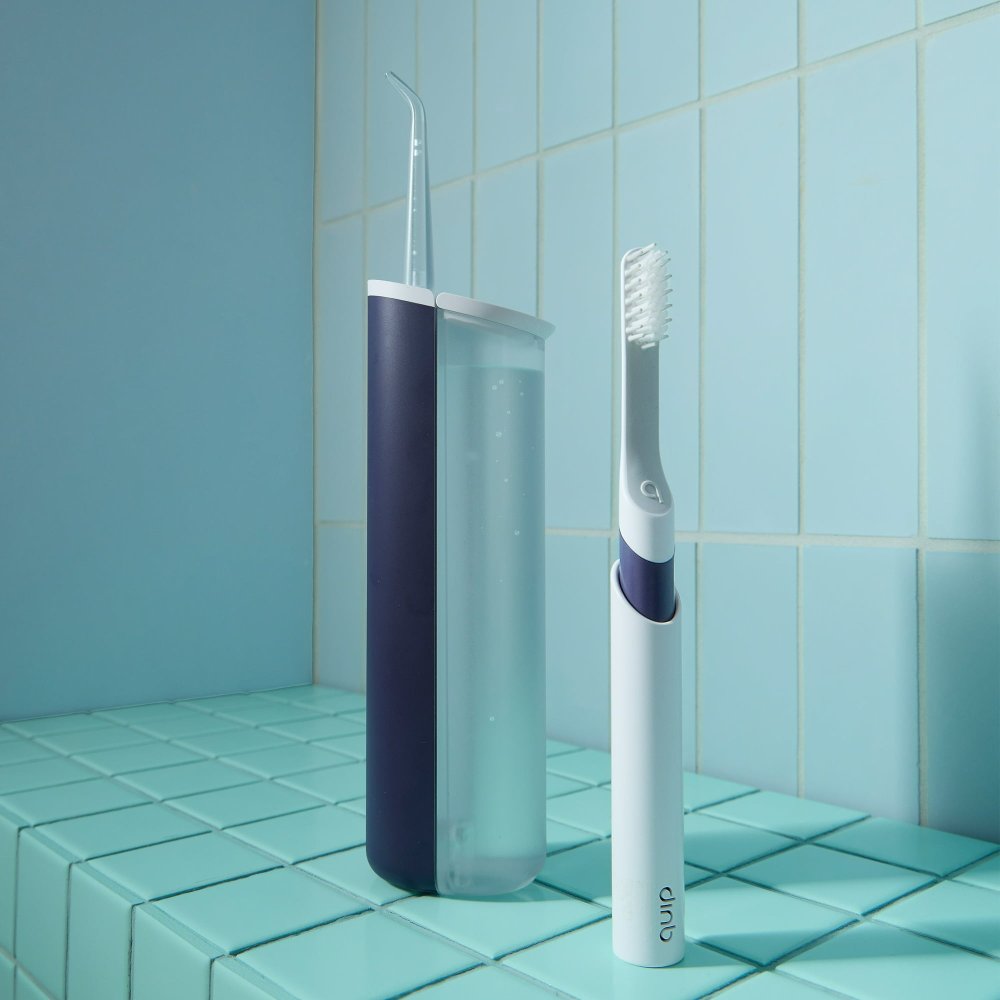
Features to Look for in a Water Flosser for Braces
When searching for the best water flosser for braces in 2025, certain features are key. These contribute to effectiveness, convenience, and overall dental health. Here’s what to prioritize:
Adjustable Pressure Settings
Look for a model with adjustable pressure settings. This allows you to customize the water force. Tender gums benefit from a softer stream, while more pressure can tackle tough plaque.
Orthodontic Tips
Choose a flosser that comes with orthodontic tips. These tips are specially designed to clean around brackets and wires. They make it easier to flush out debris where a toothbrush struggles.
Large Reservoir
A large water reservoir means less refilling during use. It saves time and ensures a thorough clean without interruption. This is ideal for an uninterrupted flossing session.
Easy to Clean
The best water flosser for braces should be easy to clean. Look for models that allow for simple reservoir and tip maintenance. This helps prevent mold and bacteria buildup.
Portability
If you travel often, portability might be important. Compact and cordless water flossers are travel-friendly. They’re easy to pack and use on the go.
Effective Plaque Removal
The primary goal is to remove plaque effectively. Ensure the flosser has a strong track record of plaque removal, especially for those with braces.
Quiet Operation
A flosser should be quiet enough for comfortable use. Check reviews for noise level comments.
Durability
Invest in a durable water flosser. It should withstand daily use over time without malfunctioning.
Each of these features can make a significant difference in your oral hygiene routine. They also help you overcome the challenges of cleaning teeth with braces. Keep them in mind as you evaluate the top water flosser models for braces in 2025.
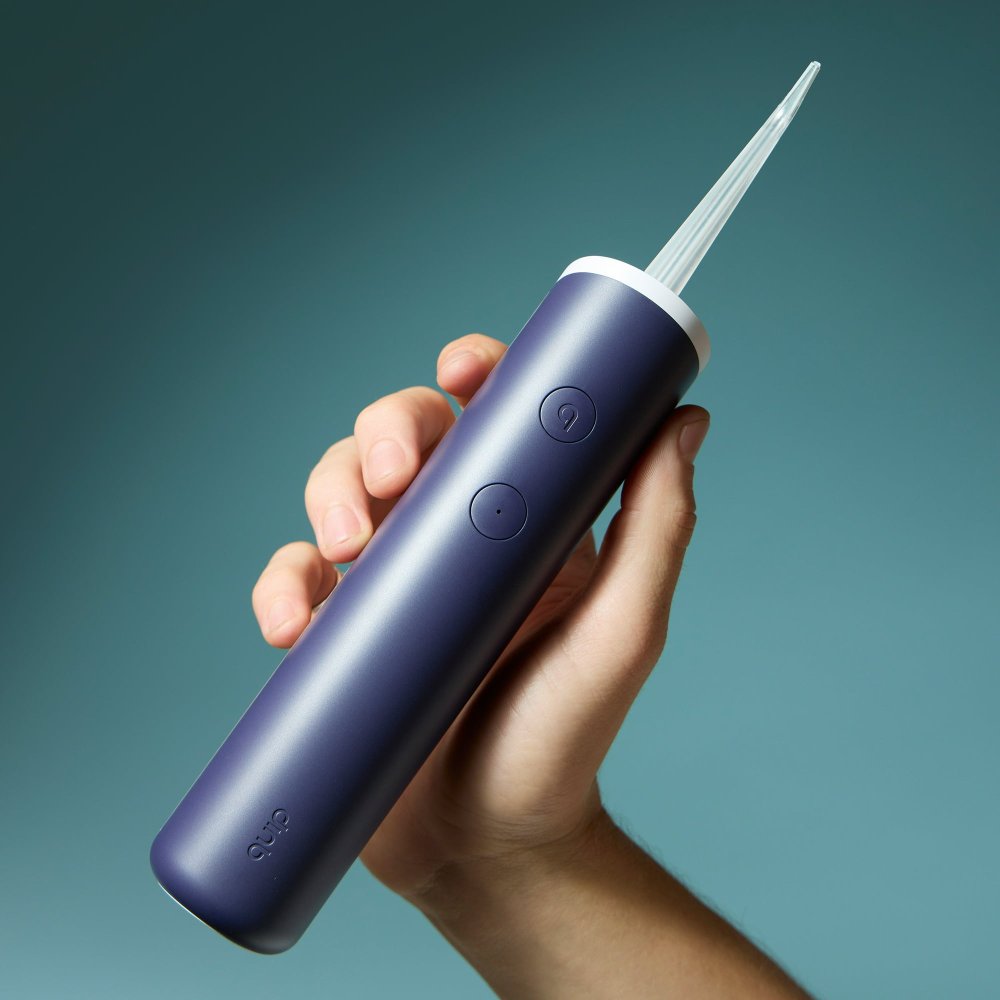
Advantages of Using a Water Flosser for Orthodontic Patients
Orthodontic patients enjoy several benefits from using a water flosser. Here are the key advantages:
More Effective Plaque Removal
A water flosser can remove plaque more effectively than traditional flossing. For braces wearers, this means cleaner teeth and fewer oral health issues.
Reaches Difficult Areas
Brackets and wires create hard-to-reach spots. A water flosser’s jet stream can access these areas, ensuring thorough cleaning.
Gently Stimulates Gums
The stream of water also massages and stimulates gums. This can help improve gum health and reduce inflammation.
Less Time Consuming
Water flossing can be quicker than string flossing. It cleans all areas at once, saving valuable time.
Safer for Braces
There’s no risk of damaging braces with a water flosser. It’s a safe option for maintaining orthodontic apparatus integrity.
Adaptable for Sensitivity
With adjustable pressure settings, users can find a comfortable setting. This is especially important for sensitive teeth and gums.
Reduces Bad Breath
By removing trapped food particles, a water flosser can also reduce bad breath. It helps maintain fresh breath throughout the day.
Each benefit contributes to a positive orthodontic experience. Water flossers are an essential tool for anyone wanting to maintain excellent oral hygiene with braces.
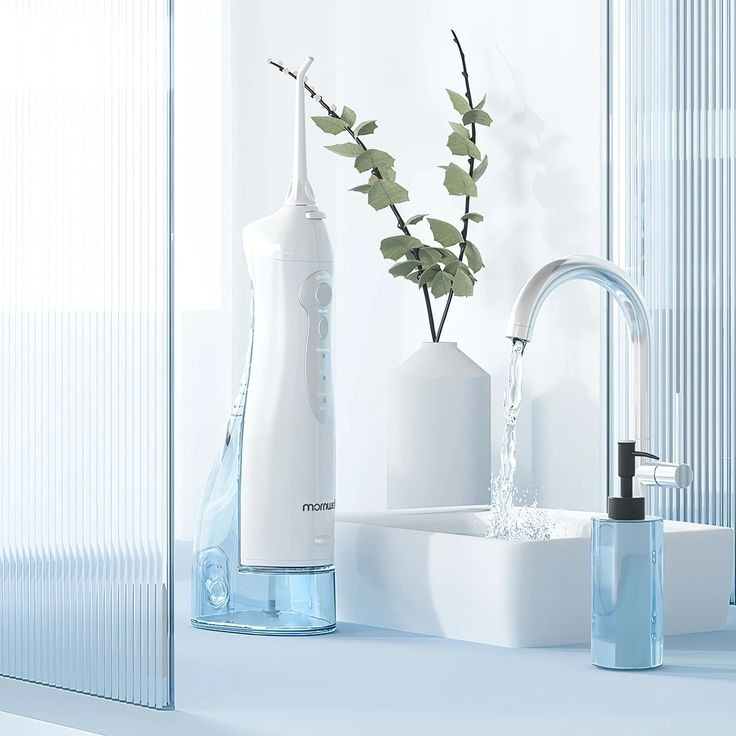
How to Use a Water Flosser with Braces Effectively
To use a water flosser with braces effectively, it’s important to follow a step-by-step routine. Here’s a simple guide that ensures an efficient clean and helps maintain your oral hygiene:
- Fill the Reservoir: Start by filling the flosser’s tank with warm water.
- Choose the Right Tip: Attach the orthodontic tip. It’s designed to navigate around braces.
- Adjust the Pressure: Start with a low pressure. Increase gently until you find a comfortable setting.
- Lean Over the Sink: Position yourself over the sink to avoid splashes.
- Aim Correctly: Point the tip at the gumline. Aim it at a 90-degree angle to your teeth.
- Clean Thoroughly: Glide the tip along your teeth. Pause briefly at each bracket.
- Be Systematic: Cover all areas. Don’t miss the back of your teeth.
- Rinse the Unit: After use, run clean water through the unit.
By following these steps, you can effectively clean your braces and maintain oral health. Using the best water flosser for braces makes this routine easier and more efficient. And don’t forget, consistency is key. Floss daily for the best results.
Maintenance and Care of Your Water Flosser
Looking after your water flosser is vital for performance and hygiene. Here’s how to keep it in top shape.
- Clean Regularly: Rinse your flosser’s reservoir after each use. Weekly, clean more thoroughly to prevent bacteria.
- Change Tips Often: Change orthodontic tips every 3-6 months. Worn tips are less effective at cleaning.
- Wipe the Handle and Body: Use a cloth to wipe the flosser’s handle and body. Keep it free from water marks and buildup.
- Air Dry: Let the flosser air dry between uses. This reduces the chance of mold growth.
- Follow Manufacturer’s Instructions: Each model has specific care guidelines. Always consult the user manual.
- Descale: If your water is hard, descale the flosser every month. This prevents mineral deposits.
- Store Correctly: Keep your flosser upright in a dry place when not in use.
By maintaining your water flosser, you ensure the best performance. Plus, you extend its lifespan. Always use the best water flosser for braces as it can make daily dental care more effective and easier.
Water Flossing vs. Traditional Flossing for Braces
When it comes to braces, cleaning between teeth and wires is crucial. Traditional string flossing can be tricky and time-consuming for those with braces. The string must weave through each tooth and brace, which takes skill and patience. However, water flossing offers a simpler and quicker method. It uses a steady stream of water to blast away food and plaque without the hassle.
Traditional floss can also pose a risk to braces. It can catch on brackets, causing damage or discomfort. Water flossing eliminates this concern. With water flossers, there’s no string to manage or risk of snapping. It’s gentle on braces and can prevent damage. Yet, it’s powerful against plaque.
Another downside of string floss is its limited reach. It may not always get to all the hard-to-reach spots behind wires and brackets. A water flosser’s jet stream, on the other hand, can reach places that string floss can’t. It cleans more effectively around the braces and gumline.
For many, using a water flosser is less painful than string floss. Braces can make gums tender. The water flosser’s adjustable pressure settings allow for a gentle clean that doesn’t irritate.
Despite these points, some still prefer traditional floss for a thorough clean. Yet, dental professionals often recommend water flossers for those with braces. They are easier to use and can be more effective at maintaining oral hygiene.
In summary, water flossing is better suited for braces. It’s safer, faster, and reaches further than traditional string floss. People with braces should consider the best water flosser for braces to make their daily oral care easier.
Tips for Selecting the Best Water Flosser for Your Braces
Choosing the right water flosser can make a huge difference in your orthodontic care routine. Here are some tips to help you select the best water flosser for your braces:
- Assess Your Needs: Consider your daily routine and personal preferences. Think about features that matter the most to you, such as portability or reservoir size.
- Read Reviews: Look for reviews from other people with braces. They can give you insight into how well a water flosser performs with orthodontic appliances.
- Consider the Size: If you have limited bathroom space, you may want a compact model. Otherwise, a larger model could be fine.
- Check the Power Source: Decide if you prefer a cordless flosser for convenience or a corded one for continuous power.
- Compare Prices: Look at different models and their costs. Balance the features you want with your budget.
- Look for a Warranty: A good warranty can give you peace of mind. It ensures you’re covered if the flosser develops any issues.
- Test the Settings: If possible, try the settings before you buy. Make sure the pressure adjustment range is suitable for you.
- Ask Your Orthodontist: Your orthodontist may have recommendations based on your specific braces and oral health.
- Ease of Use: The flosser should be easy to hold and maneuver around your braces. This will help you maintain consistent use.
- Longevity: Choose a water flosser known for lasting a long time. You’ll want it to last throughout your entire orthodontic treatment.
By following these tips and considering your unique needs, you’ll be able to find the best water flosser for braces. This aids in achieving excellent oral hygiene and a hassle-free flossing experience while you’re wearing braces.

